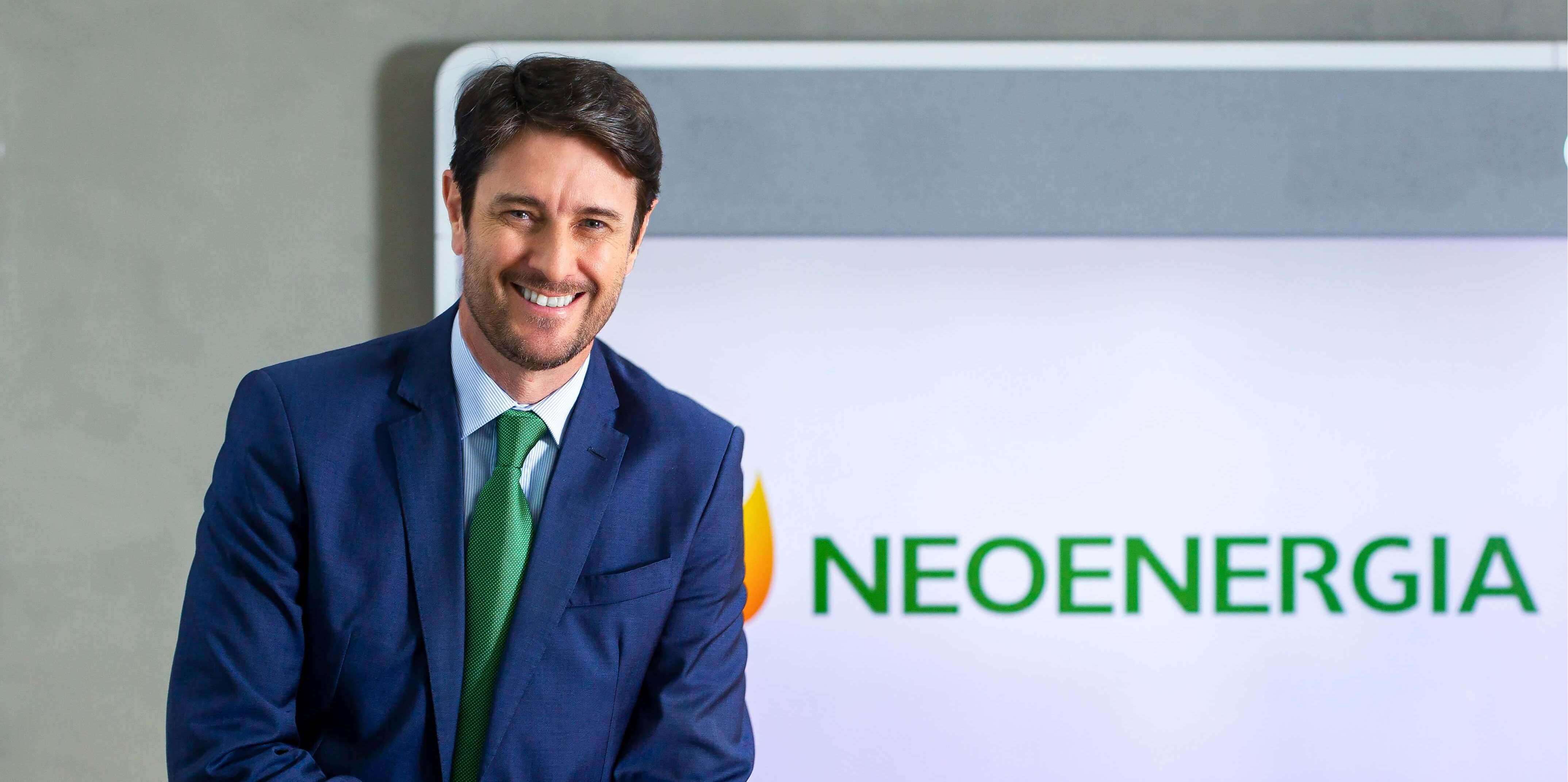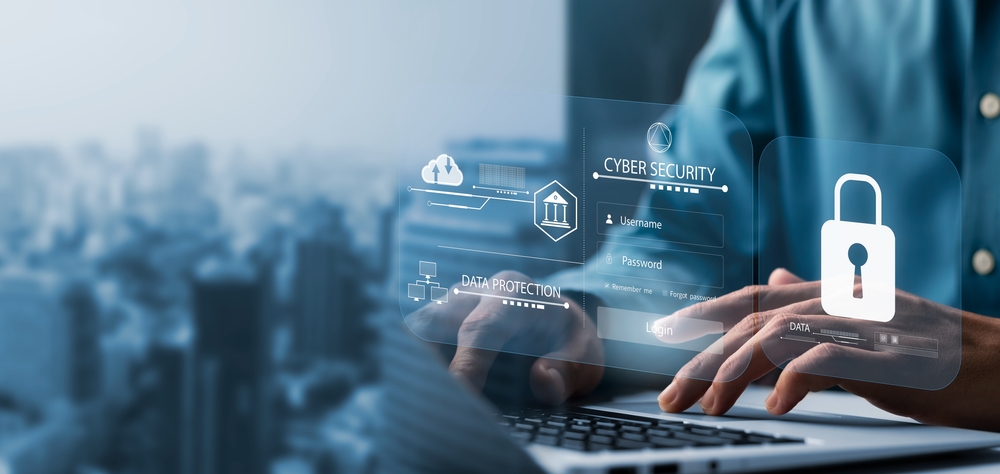- Products and Solutions

Tariff Flag
Understand what tariff flags are and how they affect your electricity bill.

Blue November
Get to know the campaign to prevent and raise awareness of early diagnosis of prostate cancer, one of the most common cancers among men in Brazil.

Public Call for Projects 2025
Applications are now open for this year's edition. Those interested can submit proposals aimed at encouraging energy efficiency and combating energy waste.

Interview
The CEO, Eduardo Capelastegui, talks about the solidity and total focus on efficiency achieved in the Third Quarter 2025 Financial Results.
Products and Solutions
Services
News
Neoenergia Institute takes Cultural Lighting Program to Lauro da Escóssia Historical Museum
Neoenergia Institute announces the winners of the Inspire 2025 Award
Neoenergia announces sale of stake in Dardanelos hydroelectric plant to EDF Brasil
COP30: Iberdrola and Neoenergia promote meeting with young climate leaders to boost green jobs
Neoenergia's emission reduction targets are validated by the Science Based Targets Initiative (SBTi)
Neoenergia and EIB announce EUR 300 million green financing agreement to modernize Bahia's electricity grid
Neoenergia: support for COP30 reinforces electrification of the economy as a path to decarbonization and energy security
On the eve of COP 30, Neoenergia launches project to start energy revolution in Noronha
Neoenergia launches energy efficiency calls for tenders with investments of R$ 142 million in five states and the Federal District
Neoenergia Institute strengthens creative economy with Culture Energy Caravan
Neoenergia Institute announces finalists and opens the popular vote for the Inspirar 2025 Award
Neoenergia posts 3Q25 profit of R$924 million, up 10% on 3Q24
Neoenergia Institute takes Cultural Lighting Program 2025 to Lauro da Escóssia Historical Museum
Neoenergia expands stake in Corumbá III hydroelectric plant
Neoenergia renews partnership with COB until 2028 and reinforces commitment to Olympic sport, female inclusion and sustainability
Iberdrola investirá 58 bilhões de euros até 2028 (+30%) para acelerar o crescimento em redes nos EUA e Reino Unido
MME extends Neoenergia Pernambuco's concession contract until 2060
Neoenergia wins ANEFAC 2025 Award for leadership in transformative ESG practices
Neoenergia wins Conarec 2025 Award, the main national recognition in customer experience
Neoenergia Institute celebrates preservation of Bahia's Recôncavo culture with Conectar Cultural awards


Neoenergia does not offer investments. Any promise of earnings or financial investments on behalf of the company is fraud.
If you have any questions, please contact us through our official channel: ri.neoenergia.com











